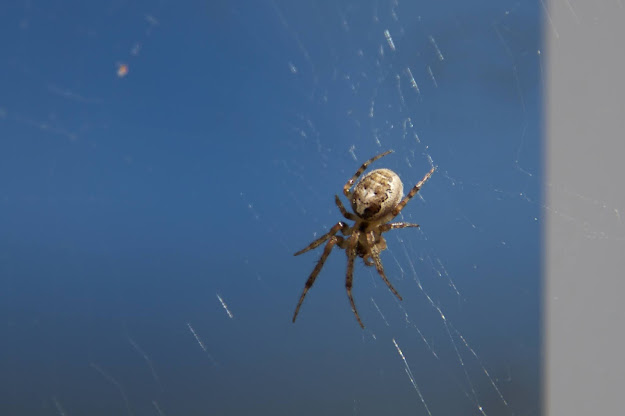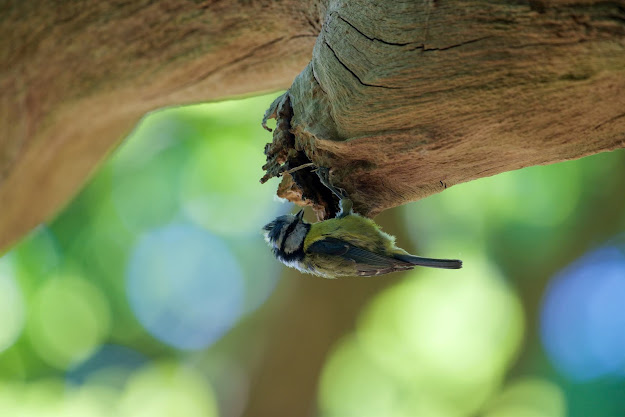Birds Around Me 0005 - Green woodpecker (Picus viridis)

There are 3 woodpeckers that breed in the UK, Great-spotted, Lesser-spotted and Green Woodpecker. Green Woodpecker is the largest among them and unique in a way that most of the time you will find them picking worms or insects on the ground, they love ants. I see them all the time while riding bike or on walks, in the parks or golf-courses but hardly managed to take pictures. So far, not able to click any photograph that I can say is better than the "record" image. Green woodpecker (Picus viridis), Stocker's Lake, Rickmansworth, UK Amongst locals, it is sometimes called the rainbird, as they appear to call a lot more when rain seems imminent. Unlike the great spotted woodpecker, I have never seen or heard them drumming, they rarely drum. Another, interesting fact about the Green Woodpecker is their call, it appears someone laughing that too mockingly, that gave them another name "Yaffle". -- Ashutosh Jhureley @BirdsAroundMe Unfinished List (अपूर्ण सूची) https



